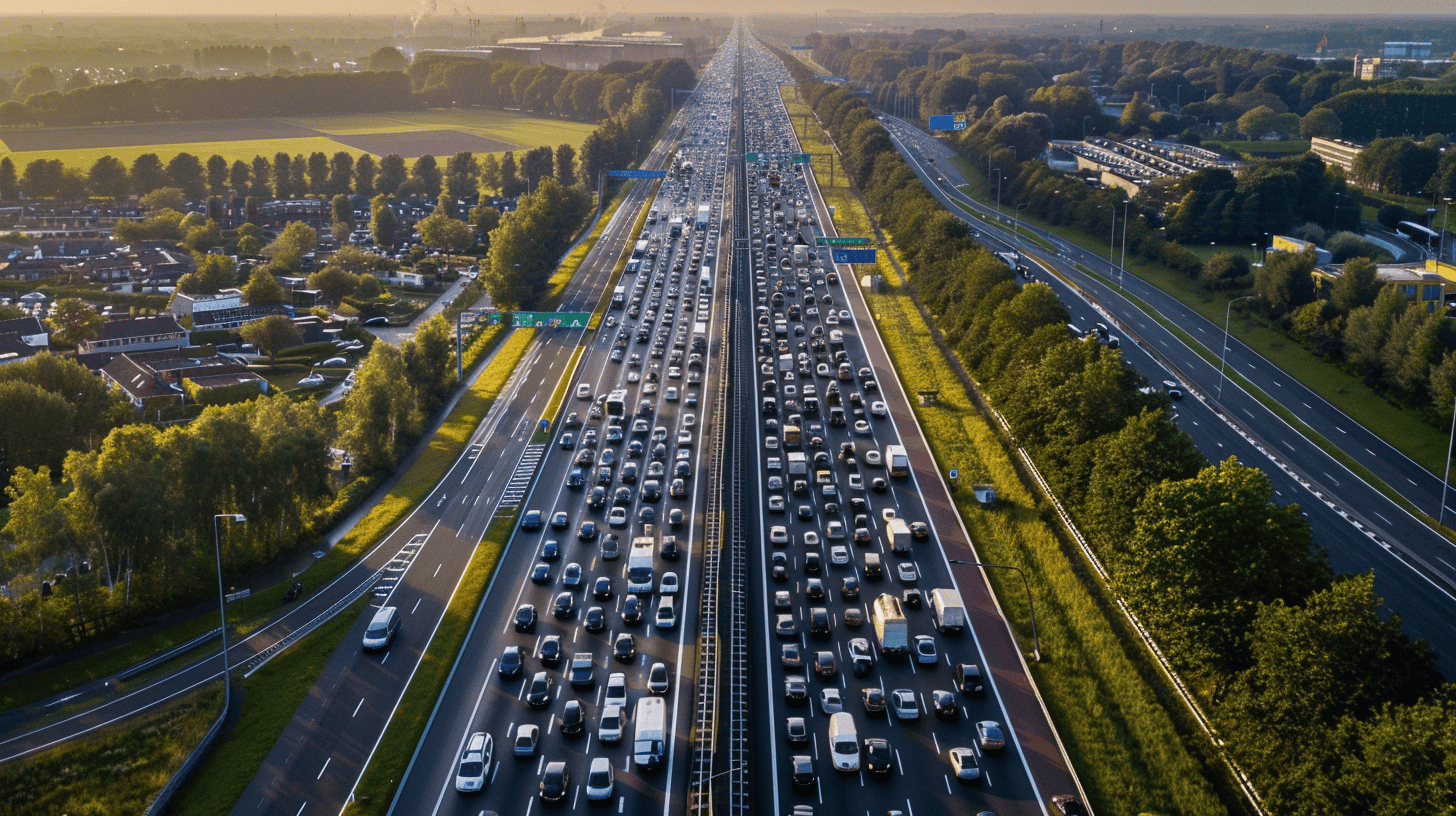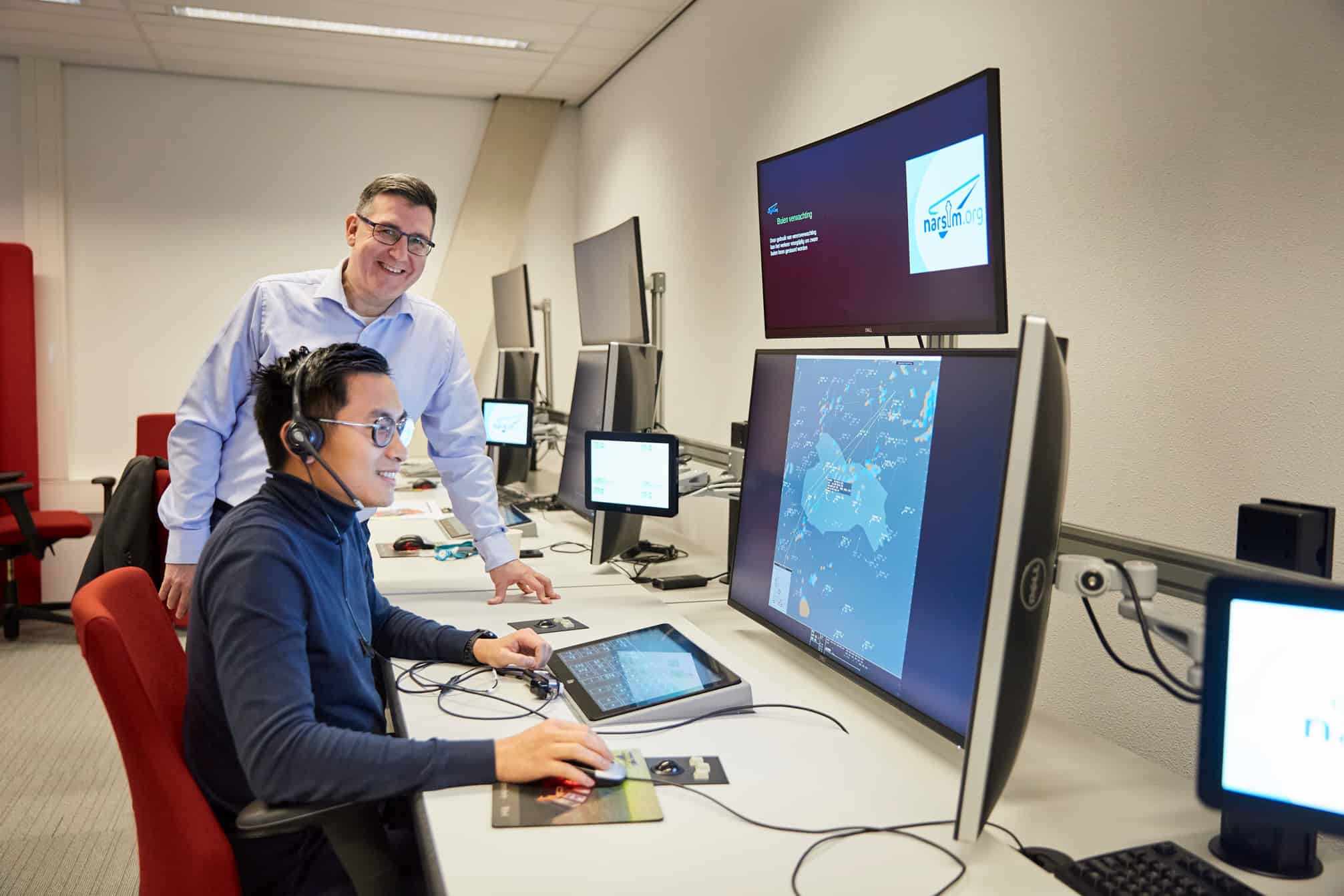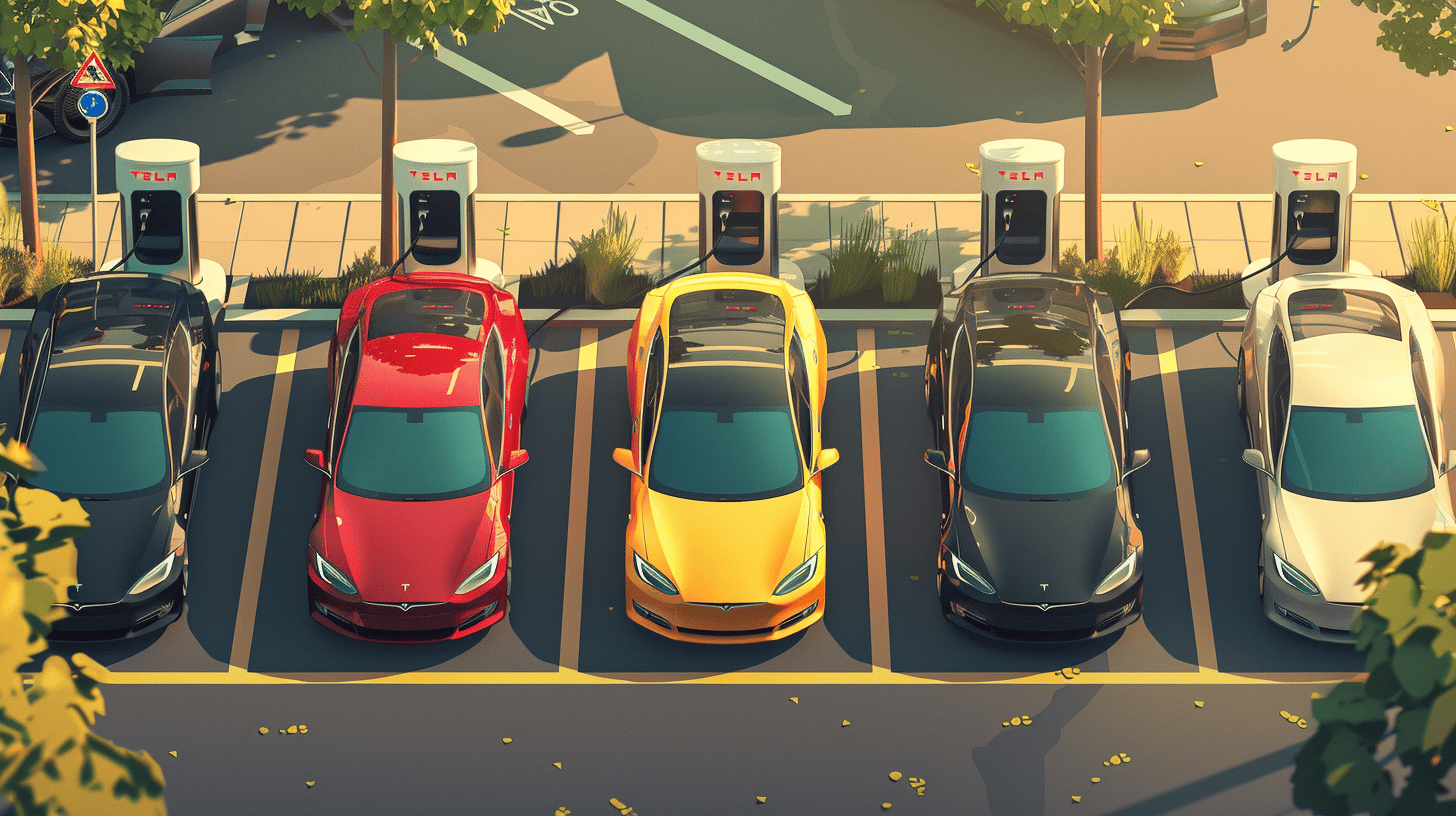
Imagine a semitrailer being loaded in the Netherlands and then driven by a driver to a hub on the highway. From there, it drives autonomously to a predetermined address in Lyon in France. Ideally, this is done at night in order to avoid traffic jams. The next morning, a local French truck picks up the semi-trailer from the hub in Lyon to drive the last few kilometers to the delivery destination.
This is all still just pie in the sky, but for passenger cars it is already a reality. in some places. Tesla, BMW, Mercedes Benz, Nissan and Volvo are currently selling cars with autopilots. But advances are being made in the transport sector. Some truck manufacturers and a number of start-ups are developing autonomous semitrailers. Rosa Thuis from the Netherlands is a fourth-year student of International Logistics Engineering at the University of Applied Sciences in Breda and has been looking into the topic of autonomous trucks in more detail.

Vera
“Fully automated driving” (Level 5), whereby the vehicle performs all the driving tasks itself, without human intervention and even without space for a human driver, is not a viable option at the moment. This is due to a lack of infrastructure and licensing among other reasons. Semi-autonomous semitrailers, however, are under development and are being tested. Volvo is currently developing the Vera, a self-driving electric vehicle with Level 5 autonomy. This does not even have a cabin for a driver. It is designed to drive along a predetermined route and is currently being tested in Gothenburg on a route that involves transporting goods from a logistics center to a port terminal.
Einride, another Swedish company, is also developing an autonomous truck. As is the case with the Vera, there is no room for a driver, but the vehicle can be controlled by a person via remote control. While the Vera is designed primarily for short-haul transport, the Einride pod can be used for high-volume consignments as well as urban deliveries and distribution transport.
Innovations that still need a driver
Level 5 autonomy is not always the goal. Most developers are setting their sights on Level 4. Here, the vehicle is capable of performing all driving tasks, although geofencing is required and a person can still take over the controls. Companies such as Embark, Waymo, Tu Simple, Kodiak Robotics, Plus.ai, AutoX, and Paccar are planning to develop a semitrailer that still has a driver who can take over if worst comes to worst.
Embark, for example, wants to develop autonomous vehicles that can drive from one hub to another. That means the semitrailer would drive mainly on the highway to a specific customer location and not on the smaller roads as well. Tu Simple and Plus.ai are developing semi-trailers with 360-degree visibility in all types of weather. They will be equipped with a system that can detect obstacles up to 1,000 to 1,600 meters away. What will change is not how the vehicle drives, but how the system behind it works. Aurora Innovation, Ike, AutoX, and Hyundai are specifically focusing on the hardware, software, and data services that enable autonomous driving. As such, the starting points for autonomous driving in the trucking industry are many and varied.
Tesla is focusing on autonomy level 3 for its autonomous semi-trailer. This means the vehicle can perform most tasks, but it still requires human control. Lastly, Pronto.ai offers semi-trailers with Level 2 autonomy, whereby the vehicle has full adaptive cruise control, proactive lane centering, and automatic emergency braking. However, the driving must be done by a human. In addition, many of these companies are also working on autonomous vehicles that run on electricity or hydrogen.
Advantages of an autonomous driving semi-trailer
But why are there so many developments for autonomous semitrailers? One reason is increased road safety. Every day in just the Netherlands, 17 semi-trailers are involved in an accident. Or they break down due to technical problems. Between 2009 and 2018, there was an average of 80 traffic fatalities per year involving an articulated truck. If all trucks were autonomous, the “human error” factor, such as micro-sleeping at the wheel or operating errors of the equipment, would be eliminated. But before autonomous vehicles can increase driving safety, they must be tested extensively, given that they will only increase road safety if they do not make mistakes.
Cheaper
Another advantage of autonomous trucks would be that they would cost less. For example, the mandatory breaks for human drivers would be fewer at Level 4 and eliminated altogether at Level 5. In addition, the truck would be able to adjust to traffic more quickly than humans, thereby making the journey smoother. This, in turn, would have the effect of reducing costs for drivers as well as fuel. Together, wages and fuel account for about 80% of total costs for logistics operations. As for electric trucks, the smoother driving would also enable them to use the battery to its full capacity. Which invariably means that it would need to be recharged less often. As a result, the truck would also need to stop less often.
Ideally, autonomous trucks would drive between the hubs at night. Then the risk of disruption is lower because there is less traffic. When combined with hydrogen or battery electric vehicles (BEVs), this would greatly reduce both noise and emissions. “So, when taken together, these newly developed techniques could mean that autonomous driving has the potential to increase road safety, reduce costs and limit travel time,” Rosa Thuis points out.
Time to market
Perhaps this future of autonomous trucks isn’t so far off after all. Most American developers are currently in the testing phase. Waymo announced in early 2020 that testing would begin in Texas, New Mexico, Arizona, and California. Embark and Kodiak are also already testing and driving over there. Kodiak has also begun its first commercial deliveries and has eight autonomous vehicles in its fleet. Tu Simple made five trips in two weeks, hauling USPS trailers more than 1,000 miles.
While most of the companies developing autonomous semitrailers are based in America, Hyundai is developing them in South Korea, AutoX in Hong Kong, and Volvo and Einride in Sweden. Exactly when these companies new trucks will hit the market is not known as yet. However, they will no doubt benefit from features that are already in use. Such as adaptive cruise control, automatic route planning, and engine management systems to optimize driving, or cameras that replace mirrors. In addition, technologies such as lidar and autonomous steering will be added. “These functions support the driver and mean greater safety, economy, and efficiency,” says Rosa Thuis. “The next step could be that the driver’s role changes to supporting only some parts of the journey while being replaced in other segments of the transport route.”
Utopian or realistic?
But how do you achieve this goal? The first thing to do is to address the issues in areas such as infrastructure, transport management, and monitoring systems. As well as organizational changes, social impact, and public acceptance, European legislation, liability and insurance, and, last but not least, transport costs.
“There are plenty of reasons why this development will be of great benefit to society from a social, environmental and economic point of view,” Rosa Thuis emphasizes, “On the other hand, it is likely to generate some resistance and opposition from various stakeholders. Breaking down that resistance in a realistic and expedient timeframe is probably the biggest challenge in making this development a reality.”








